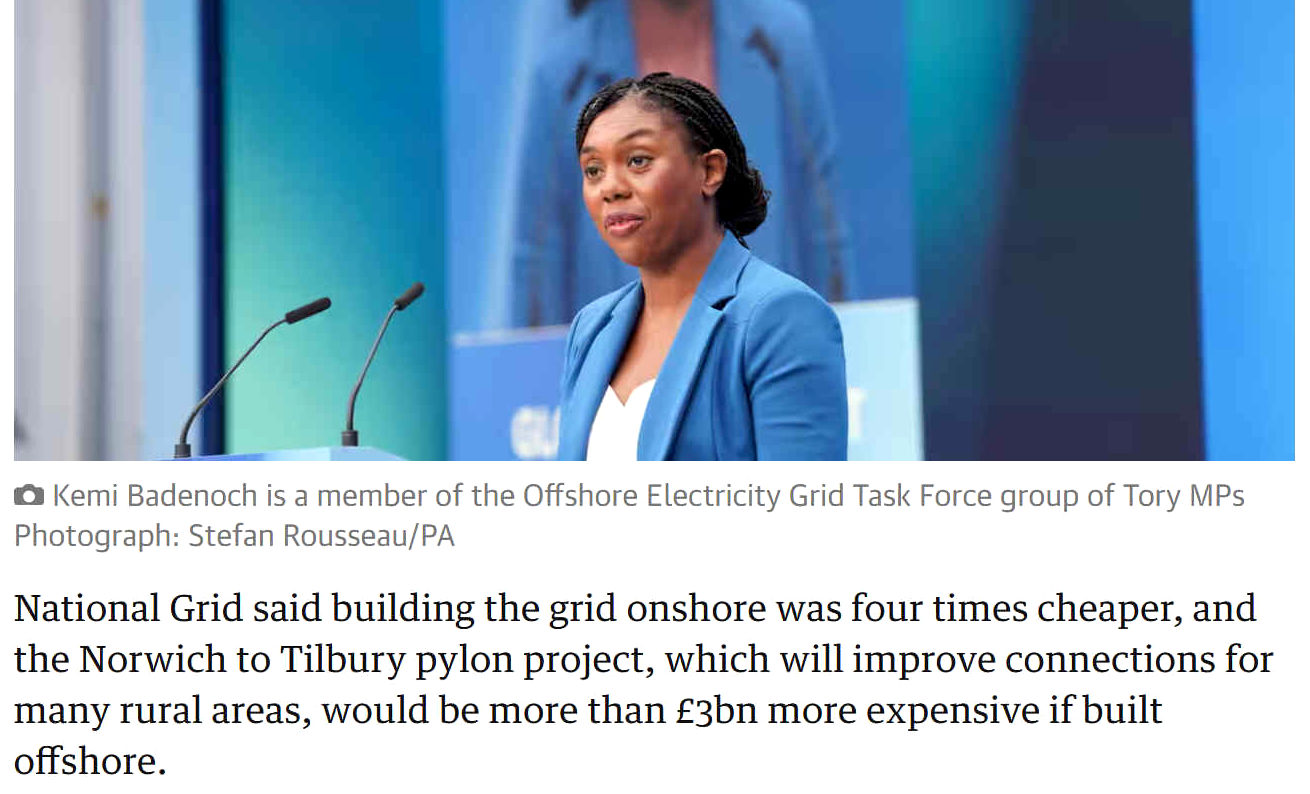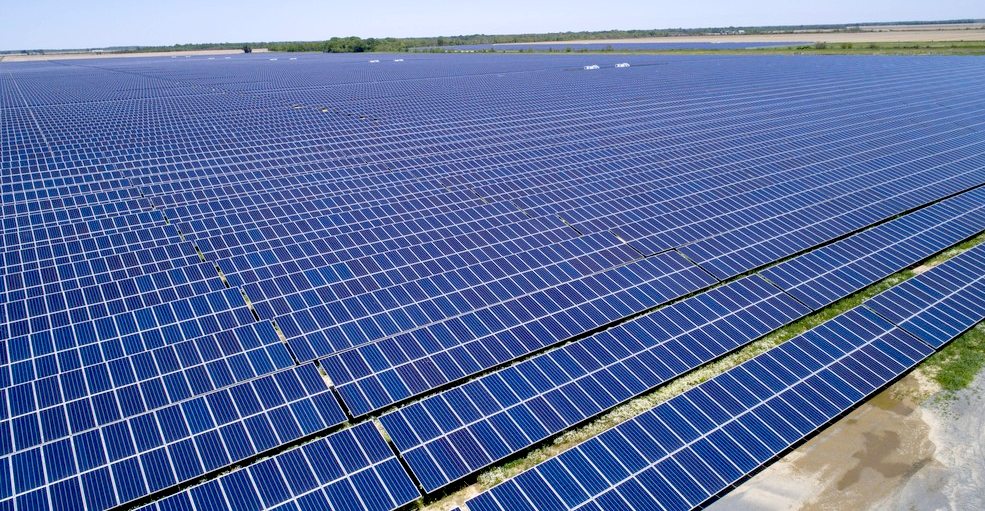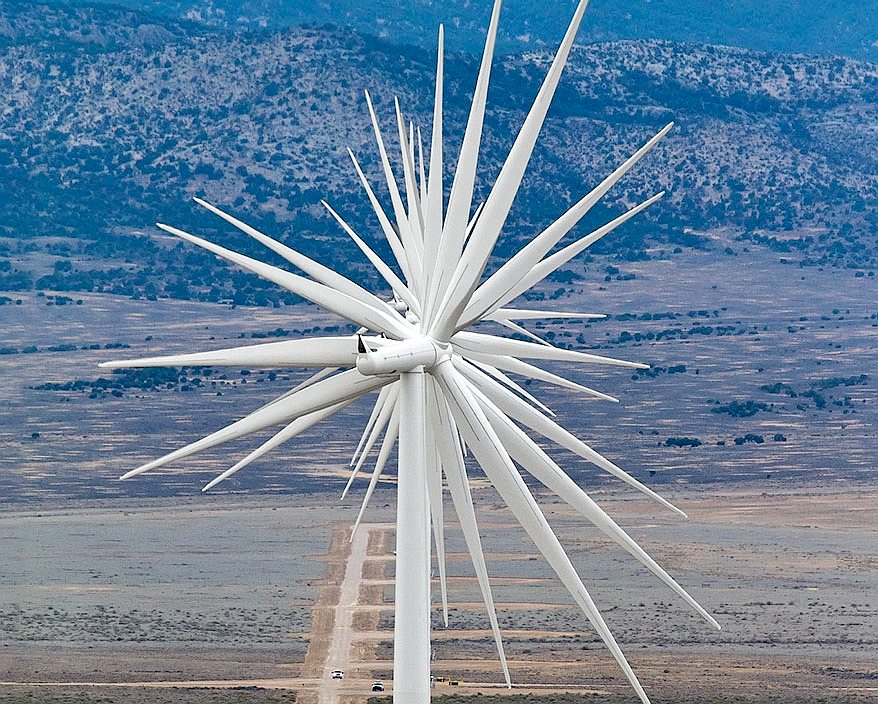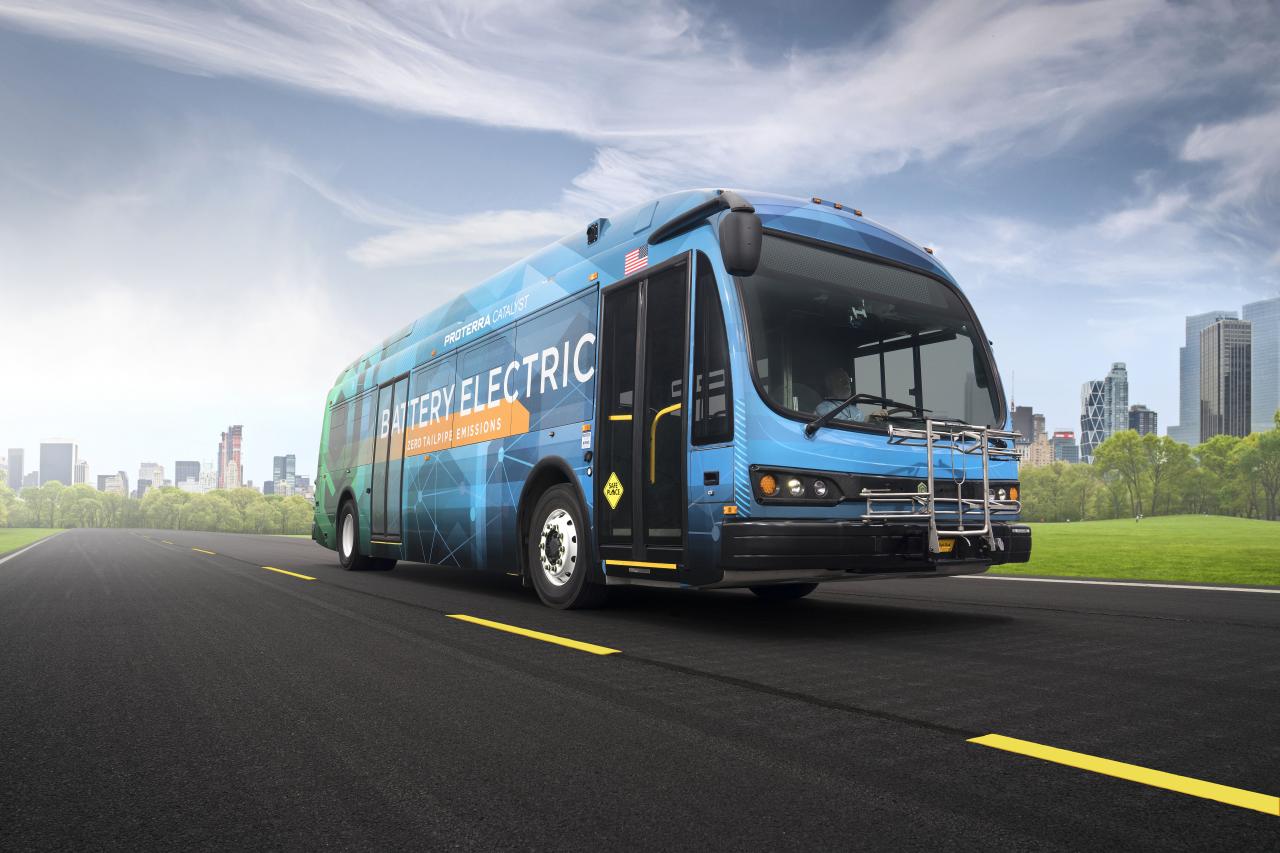|
E L E C T R I C I T Y P R I C E S - A TO Z
Please use our A-Z to navigate this site where page links may lead to other sites, or see HOME
|
|
|
There is an abundance of clean, renewable, wind and solar energy that can produce green hydrogen and electricity to charge vehicle batteries, but there is no transport infrastructure to support rapid energy exchanges, refuel hydrogen vehicles and load level.
Electricity should be cheaply available to all, as a basic human right. As per Sustainability Development Goal 7. It is the duty of every government to strive to achieve affordable energy for their administrative geographical region. Profits should not come into the frame, where it introduces energy poverty, or financial slavery.
Indeed, every effort should be made with policy and statute, to prevent profiteering and profits from a monopoly situation going to anyone but the energy providers for re-investment purposes. Any monopoly situation created by any government in error should be dissolved as soon as possible with revised statutes.
Third party investors in from other geographical regions, who are not investors in infrastructure or generation, for the provision of cheap electricity, should not be allowed to invest to cream off profits, that should properly have been invested for the people, for the prevention of energy poverty.
Unfortunately, in many European states, including the UK, governments appear to have sold their people into both poverty and financial slavery by privatising the electricity industry. A service that should properly be state owned and controlled for the benefit of the electorate, except that energy companies providing onshore/offshore wind turbines, or solar farms, should be allowed to tender for such installations.
This not being the case, end users are shackled by the rising cost of living, unaffordable homes, and energy that they cannot afford to keep themselves clean, warm, for cooking, or to enjoy other comforts that electricity can offer, even lighting and computers for educational purposes.
It is a 'Thatcherite' shambles of biblical (Poll Tax) proportions.
The same may be said of the more developed nations all over the world. Whereas, developing nations are generally providing electricity at affordable prices. We need a return to honesty and transparency that long ago disappeared in the UK, with corruption in many forms undermining humanitarian progress. Especially in councils, as the grass roots breeding ground for members to join Parliament. Where the likes of Margaret Thatcher, are held to be nothing less than modern slave traders, with Poll Taxes and the sell off of social housing, to add to her human rights crimes.
The move by Labour, as the opposition, to combat this Conservative created issue is set out on their website:
"As part of Labour’s mission to make Britain a clean energy
superpower, Labour has today set out a comprehensive plan to rewire Britain, engaging in the largest upgrade to our national clean energy
infrastructure in a generation.
OCTOBER 8, 2023
“Talk to any business and they will tell you that the queue for grid connections is growing out of control, with more than £200bn worth of privately-funded projects now stuck. This will help cut family energy bills, allow businesses to invest and strengthen our energy security from foreign dictators.”
Ed Miliband MP, Shadow Energy Security and Net Zero Secretary, said:
“Labour’s energy policy will take back control of our energy system to deliver clean power and energy independence for Britain. “With GB Energy, our publicly owned energy company, we will deliver the grid we need to slash bills for every family and business."
THE GUARDIAN 30 NOVEMBER 2023 - LABOUR VOWS TO 'REWIRE BRITAIN' AS PYLON PLANS SPARK ROW IN TORY PARTY
Electricity is the most convenient way of transmitting clean, alternative energy, from the point of origin (conversion from natural harvesting) to the end user. If we ignore potential intrusion from pylons. Electricity is linked to magnetism, a force that can be harnessed to attract or repel, and convert a generated or stored potential difference (such as in batteries) from electrons traveling in a metal conductor, to rotational or linear movement. This incredible property gives us electric motors and generators. We take it for granted, but it is a miracle of nature. We are living in the modern age of electricity. Where energy security is as yet, unsecured and unreliable price wise, with widely varying costs dependent on suppliers. Most of which are competing to use a grid network where the profits are going to billionaire investors. Making the rich, richer, and the poor poorer.
By
all accounts the UK has made remarkable progress in decarbonizing its power mix under Labour, coalition and Conservative governments. As recently as 2008, 76 per cent of UK electricity was generated by fossil fuels, with a sizeable share generated by the most carbon-intensive
fossil
fuel; coal.
That should go some way to meeting the requirements of SDG7, and they are to be commended. In addition, the UK could become an energy net exporter, provided such policies are acted on. That is after UK electricity prices are much reduced.
ENERGY DISTRIBUTION, GENERATION & STORAGE
If properly planned and operated, dispersed storage and generation may provide benefits to distribution systems by reducing capacity requirements, improving reliability, and reducing losses. Dispersed-storage-and-generation technologies include hydroelectric systems, diesel generators, wind-electric systems, solar-electric systems, batteries, storage space and water heaters, storage air conditioners, hydroelectric pumped storage, photovoltaics, and fuel cells.
As a result of the application of deregulation in the electric power sector, a new identity appeared in the electric power system map known as “Distributed Generation” (DG). Instead of using 100 MW to GW sized units located far from the loads, disbursed generation sites might be kW to MW scale - located closer to natural resources and local loads.
Distribution networks were initially designed as passive systems, which provided one-directional links between the transmission network and electricity end users. The introduction of DG is resulting in many distribution networks becoming energy harvesting systems, with much more variability and bidirectional power flows where there are high penetrations of DG.
Those who hold the power and wealth should consider re-investing in alternatives as they head towards the sustainable economics of zero growth.
ELECTRICITY PRICES
Unfortunately, where SDG 7 of the United Nations' sustainability development goals, is to provide "clean affordable energy for all," electricity prices vary considerably from region to region based on local policies, profit ratios for shareholders, lack of investment in renewables, reliance on fossil fuels. And of course natural resources. The most important of all being hydro electricity for the fortunate few.
There is not a lot of point transitioning to renewables if we do not tackle the drastic price variations, due to policies and infrastructure deficiencies. We will have the same problems, just new taskmasters. We need new policies. So please write to your Councilors, Members of Parliament and other Heads of State. Petition, and if necessary, march for fair energy prices with policies to match. Be careful though in Russia, China, Iran, etc. Where there are no free elections, and dissent is rewarded with the Gulag, poisoning, or instant beheadings. Nations who abuse Human Rights, should not be able to compete in energy markets with those who uphold Human Rights. This includes imports and exports. These are the opinions of the writer, not necessarily those of the Foundation.
AUSTRALASIAN ELECTRICITY PRICES CHINESE ELECTRICITY PRICES MIDDLE EASTERN ELECTRICITY PRICES NORTH AMERICAN ELECTRICITY PRICES (USA) SOUTH
AMERICAN ELECTRICITY
PRICES
ELECTRICITY PRICES UNITED KINGDOM
As
you may imagine, if you are running a business that uses lots of energy.
Location is an important factor in remaining competitive. Industry could be
based near the Sahara desert, where massive solar installations make sense.
And yet, there is little by way of industrial activity. Africa, is thus a
blossoming energy market. Recognised in both the EGYPES
and ADIPEC
energy shows. With many other events concentrating on renewables like green hydrogen
and electrolyzers.
As of June 2023, the price of electricity in Sudan is remarkably low. Here are the details:
Again, these prices include all components of the electricity bill. Kyrgyzstan’s low electricity prices contribute to its energy affordability for both households and businesses. However, it’s essential to understand the context behind these prices.
Subsidies: Governments in these countries may provide subsidies to keep electricity prices affordable for citizens. These subsidies can help mitigate the cost of power generation.
Economic Factors: Economic conditions, currency exchange rates, and overall development levels influence energy prices. Lower costs of production and distribution can contribute to lower prices.
Historical Context: Historical energy policies and infrastructure investments play a role. For example, Kyrgyzstan has a long-standing tradition of hydropower development.
We cannot help but make a reference to Financial Slavery at this point. Because, high food and energy prices lead to food poverty and energy poverty. Kicking in other UN SDGs: 1, 2, 3 and 10, 11, 12.
HERSTMONCEUX MUSEUM - Opening its doors to the public in 2024, the oldest surviving generating utility in the world with local grid stabilisation (battery load levelling) features three full size electric vehicles and several solar powered model boats.
PROFITEERING & MORALS
You may be asking why people should profit from energy and is that legal? Mostly, energy companies have shareholders who derive an income based on share dividends. Sometimes those energy companies would rather they grab a nice profit for themselves, rather than invest in renewables and infrastructure (storage), to make electricity cheaper for their customers. If this is happening in your region, it is because politicians are allowing it to continue. Whereas, policy changes, as statutory requirements - making it law, could force suppliers to invest first, with dividends later. Provided that a good level of investment has been made. Otherwise, suppliers, and of course the infrastructure network (in the UK Power Networks) should lose their franchise.
THE CASE FOR NATIONALIZATION
The alternative is nationalization, where there are no dividends or shareholders to leach off a captive market. Then, the matter of procurement fraud may rise to the surface as something to keep an eye open for. As in tender bids and transparent tendering. A State operated Grid, Power Storage, and State operated Power Stations, Solar and Wind Farms, would seem to be the only way that SDG7 might be complied with.
The deployment of renewable energy technologies increases the diversity of electricity sources and contributes to the flexibility of an international infrastructure system and its resistance to central shocks, especially where off-grid installations are widely deployed, but can be grid connected.
It is likely to be that at some point in the future we will no longer need power stations that run on coal, oil or nuclear fuels. We will have dragged ourselves out of the fossil fuel cesspit and taken power generation from the fortunate few who profit from geological deposits, to the masses who only need a space to mount the harvesting medium for energy independence.
For
those countries whose reliance on imported gas is
a significant energy
security issue, renewable technologies can provide a
level playing field.
According to the 2018 Forbes calculation of net market capitalization, assets, sales and profit as the utilities with the financial muscle to develop innovative zero emission transportation and renewable energy load levelling solutions:
KEPCO Korean Electric Power Corporation National Electric Grid & Central Electricity Authority (India) National Energy Board (Canada) National
Grid plc (formerly Central Electricity Generating
Board UK) State Grid Corporation of China TEPCO Tokyo Electric Power Company
LONG
TERM SECURITY
We might also enter into international agreements to undermine fossil fuel energy trading monopolies and assure that everyone has the right to cheap and clean renewable energy, as per United Nations SDG 7.
ELECTRIC VEHICLES
If we want a practical EV infrastructure solution by 2050 starting within the next 10-15 years to meet the 2030 transition, to 2035 zero emission targets of most countries party to the Paris Accord, we need to make the most of electricity and our distribution networks for load levelling of renewable solar and wind generated electricity. But in the UK, other European countries, and in the USA, they are going backwards by doing nothing to save planet earth.
ELECTRICITY POWER COMPANIES A - Z
Duke Energy Corporation, DUK, N. Carolina, USA Dominion Energy Inc., Richmond, Virginia Exelon Corporation EXC, Chicago, USA KEPCO Korean Electric Power Corporation National Electric Grid & Central Electricity Authority (India) National Energy Board (Canada) National Grid plc (formerly Central Electricity Generating Board UK) Next
Era Energy Inc. Florida, USA Southern Company, Atlanta, Alabama, Georgia, Mississippi, USA State Grid Corporation of China TEPCO Tokyo Electric Power Company
https://earth-planet.org/ https://www.chathamhouse.org/2024/02/labours-ditched-ps28-billion-climate-pledge-sends-wrong-message-uk-cop-energy-commitments https://labour.org.uk/updates/press-releases/labour-sets-out-plan-to-rewire-britain-and-build-the-clean-energy-grid-the-country-needs/ https://www.theguardian.com/environment/2023/nov/30/labour-vows-to-rewire-britain-as-pylon-plans-spark-row-in-tory-party
Please use our A-Z INDEX to navigate this site
This website is provided on a free basis to promote zero emission transport from renewable energy in Europe and Internationally. Copyright © Universal Smart Batteries and Climate Change Trust 2024. Solar Studios, BN271RF, United Kingdom.
|





